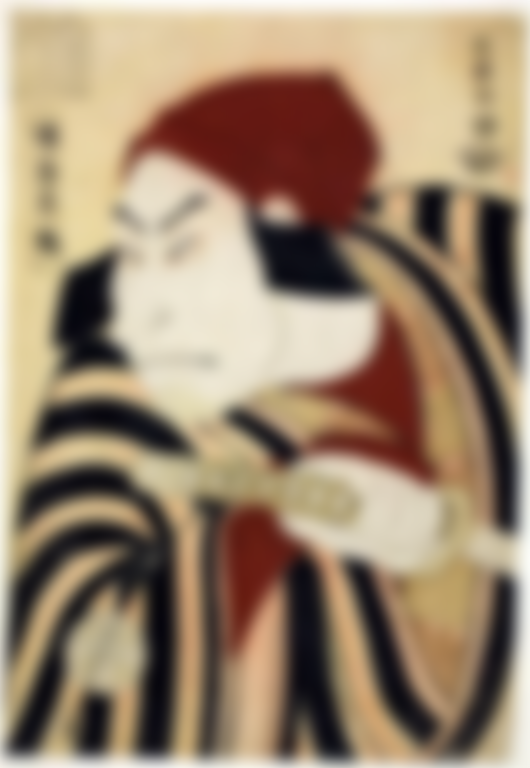Quizzes & Puzzles 40
Some new problems with which to exercise the brain. But first a look at answers and solutions to Quizzes & Puzzles 39. New problems below the image (cartoon).
Answer to Quiz 39:1
An important mineral, which, among other functions, serves as an antioxidant in the body, is also light sensitive. This sensitivity has and has had technical applications. To which mineral am I referring?
The right answer is Selenium. It is a strong antioxidant and it blocks fermentation in the cells. The latter is an important anticancer effect, because, contrary to a normal cell, a cancer cell has a metabolism based on fermentation. Further, Selenium removes Cadmium and Mercury from the body.
I will not dwell much on technical uses of Selenium, but the so-called “photo electric Selenium cell” has been used for many things. Early devices utilising it where the first electric music instruments.
Read more about Selenium, its effects on health, its toxicity in high doses, and how it once was used as a murder weapon, in Selenium & Chromium: Important for Your Health.
Answer to Quiz 39:2
There is an old tradition, still observed in some places, to put a coin over or in the mouth of a dead person. Why is this done, what is the story behind the custom?
@Trifecta answered correctly that it was a payment for transportation to the underworld. To be more precise, it was to pay Charon, the ferryman, for transportation over the river Styx (or Acheron), which was the border between the world of the living, and the world of the dead.
The coin is often referred to as “Charon's obol” (obol was a small coin of old Greece).
Although this was a pagan custom of old Greece and Rome, it survived into Christianity and thrived there. As late as 1878, a coin was put in the mouth of the dead Pope, Pius IX.
After the Hellenism, some Iranic cultures, especially Parthian and Sassanid culture, also put a coin in the mouth of the dead.
Interestingly, this was also the practice of the Khmer culture of old Cambodia. However, it seems to have developed independently there, since the motive is another.
Now, one can wonder, from where did this custom come originally?
It is not easy to say. It was common during the so-called Hellenism, but did it start there? It is not likely, almost nothing started there, but I have not been able to find it in Egyptian or Sumerian/Babylonian cultures. I'm still on it though, this is not the final word in the question.
Answer to Quiz 39:3
Tomatoes are good for prostate health. They contain a carotenoid (a colour pigment), which is responsible for that effect. What's the name of that carotenoid?
It is Lycopene. Although it has many health benefits, one of its effects is that it protects against prostate ailments. If you are male, you ought to eat tomatoes on a daily basis.
Lycopene can also be taken as a supplement. It is an antioxidant, protects against sun damage of the skin, and it is good for heart and circulation.
If you want read more about prostate health – all men, and every woman who cares for a man, ought to learn about this – read The Prostate: Health & Illness.
Answer to Quiz 39:4
This is a woodblock print from 1795 by a great Japanese artist. Indeed, his woodblock prints are still the most expensive ones to acquire. Who was the artist? (His name is a pseudonym, nobody knows who he really was.)

The portrait shows a kabuki (a sort of theatre) actor, Nakamura Nakazo II, playing prince Koretaka, who (in the play) plays the farmer Tsuchizo. A complex portrait, showing all the three characters.
This is the mysterious genius Sharaku. I quote my article Satoshi & Sharaku (which was my 4th article at this platform, posted in March 2020):
“Unless you are a fan of ukiyo-e, a Japanese art style, commonly associated with woodblock prints, you have probably never heard about Sharaku, one of the most remarkable artists in the history of art. He not only managed to keep his identity a secret, it is still unknown who he was, but he was active for only 10 months in 1794 and 1795, and during these 10 months he presented a unique style, one that influenced subsequent ukiyo-e but was never imitated. With a rough, brutal realism, he almost caricatured the kabuki actors (kabuki is a Japanese theatre form) he portrayed, and he managed to depict both the actor and the role, like a double personality, in a powerful and expressive manner. Yet many of his prints are almost ugly. But that is the style, there is so much strength, energy and character in them that they don't have to be beautiful.”
If you want to read more about this remarkable artist, please read the full article.
Answer to Quiz 39:5
Can you tell me the name of a sugar alcohol with sweet taste that is good for teeth and gums? Indeed, it is so beneficial for the teeth that the Finnish, who discovered its dental effects, once called it the solution of the caries problem. If it is that good can be questioned, we don't really know that yet, but it is undeniable that its effect is strong. For oral health, it's mostly used in toothpaste and chewing gums.
But what is this substance called?
The answer is xylitol, in its way a very powerful substance. Its large scale use is still limited to a few regions of the world, most notably Finland and Sweden, but I'm sure it will spread globally. Caries is perhaps the most common illness in the world, and xylitol can drastically reduce its occurrence. It ought to be as common in toothpaste as fluoride is.
Read more in Preserve Your Teeth: Nutrients & Other Beneficial Substances.
Answer to Quiz 39:6
Who made “The Sound of Silence”, “Scarborough Fair”, “The Boxer”, and “Bridge over Troubled Water”?
These are song titles by the famous duo Simon & Garfunkel. Perhaps most readers here are too young to remember them, but these songs are classics in the genre.
The video shows a famous concert they held in Central Park, in New York, in 1981. It contains all their best songs.

And now some new exercises for brain & memory...
Quiz 40:1
What has these three foodstuffs in common?
Linseeds (Flaxseeds)
Mackerel
Walnuts
Quiz 40:2
Which migrating Germanic tribe created a state in Northwest Africa (including some Mediterranean islands), a state lasting for about a century, finally ending up incorporated into the Byzantine empire?
Clue: They have given name to a province in Spain, and a word for destruction.
Quiz 40:3
Miskatonic University is a literary creation. Who wrote about it?
Quiz 40:4
Which film-maker, active for over 60 years, was known as “The Master of Suspense”?
Quiz 40:5
"There was a young lady in Riga,
who went on a ride with a tiger;
they returned from the ride
with the lady inside
and a smile on the face of the tiger."
What is this sort of verse called?
Quiz 40:6
“Royal blue” is a shade of blue that was invented for a dress to a British queen, which queen?
You'll find answers and solutions in the next “Quizzes & Puzzles”.
Quizzes & Puzzles has its own label in my Index, where all issues of the series can be found.
In my INDEX, you can find all my writings on Read.Cash, sorted by topic.
Copyright © 2022 Meleonymica/Mictorrani. All Rights Reserved
(Cartoon by Christian Dorn/Pixabay, CC0/Public Domain.)
(All the images are in the Public Domain.)


I'm going to try to answer the questions my friend. This is really interesting. While I'm reading the questions, it makes me curious and it gives me interest more. Thank you for this article my friend.